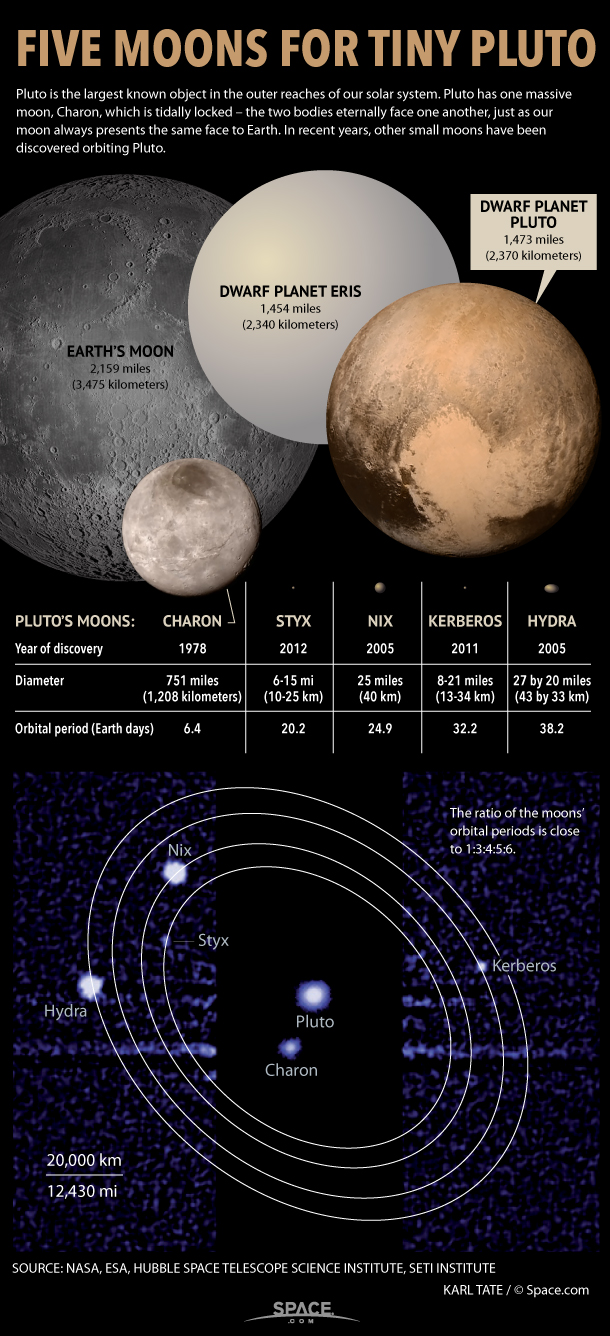
Karl Tate
Karl's association with Space.com goes back to 2000, when he was hired to produce interactive Flash graphics. From 2010 to 2016, Karl worked as an infographics specialist across all editorial properties of Purch (formerly known as TechMediaNetwork). Before joining Space.com, Karl spent 11 years at the New York headquarters of The Associated Press, creating news graphics for use around the world in newspapers and on the web. He has a degree in graphic design from Louisiana State University and now works as a freelance graphic designer in New York City.
Latest articles by Karl Tate

Biggest Structure in the Universe Explained (Infographic)
By Karl Tate published
Scientists say an enormous cluster of quasars in the distant universe is larger than should be possible.
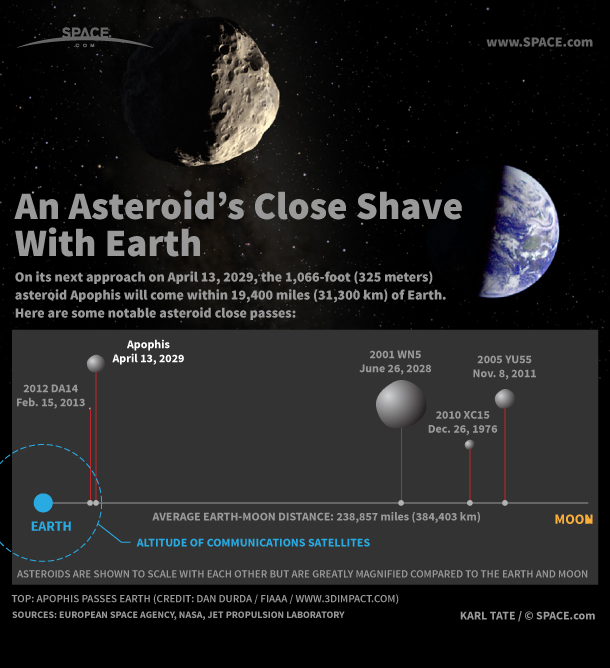
Asteroid Apophis Gives a Earth Close Shave in 2029 (Infographic)
By Karl Tate published
The huge asteroid will pass close, but scientists say it won't hit us.
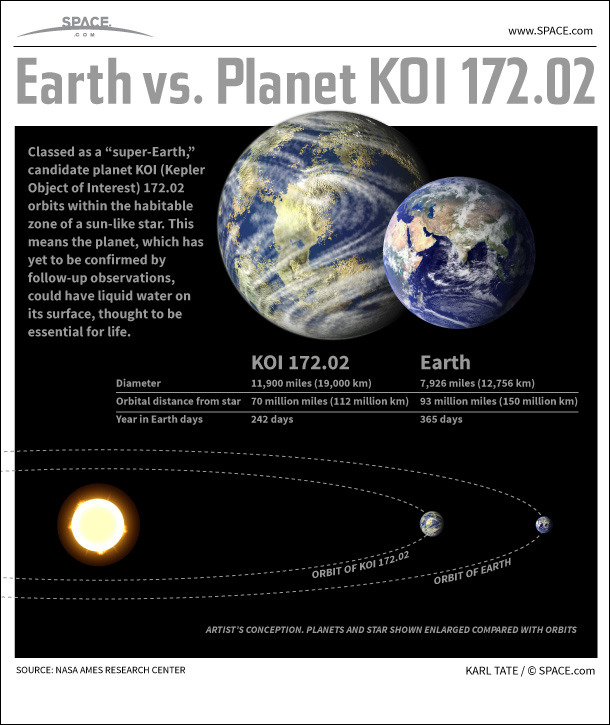
Most Earth-like Exoplanet Discovery Explained (Infographic)
By Karl Tate published
Planet KOI 172.02 has yet to be confirmed, but it could potentially have water and life.
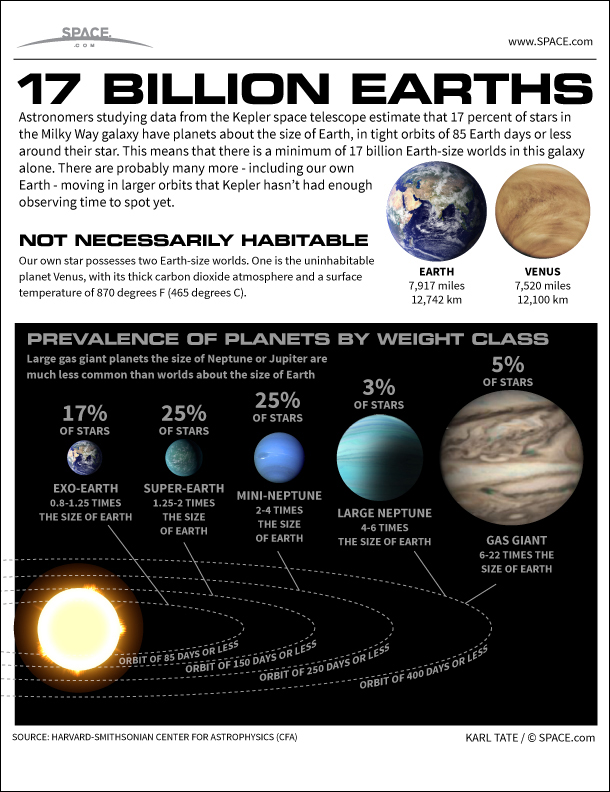
17 Billion Earths of the Milky Way Explained (Infographic)
By Karl Tate published
Practically all sun-like stars have planets, and one in six has a planet the size of Earth, scientists say.

Anatomy of sun storms & solar flares (infographic)
By Karl Tate published
See how solar flares, sun storms and huge eruptions from the sun work in this SPACE.com infographic.
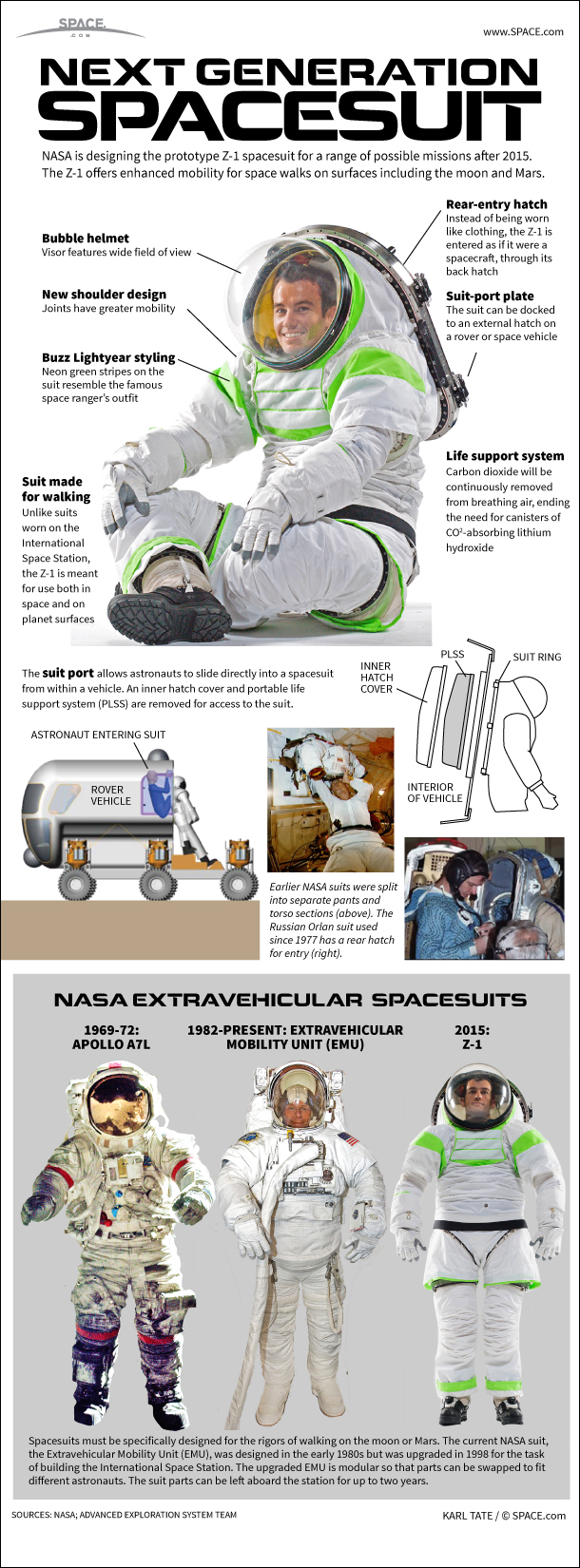
Introducing NASA'S Future Spacesuit, the Z-1 (Infographic)
By Karl Tate published
Being developed for missions in 2015 and beyond, the Z-1 could be used for exploring the moon and Mars.

The Moon: Space Programs' Dumping Ground (Infographic)
By Karl Tate published
The remains of at least 71 space vehicles litter the surface of the moon.
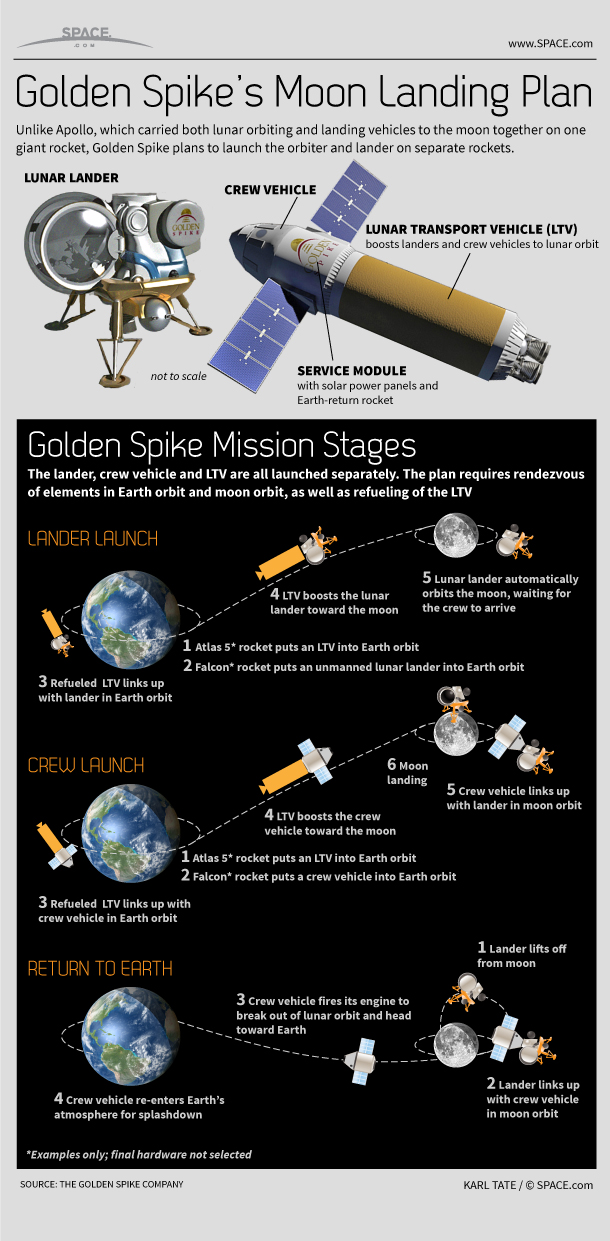
How Golden Spike's Moon Landing Plan Works (Infographic)
By Karl Tate published
The private company announced commercial passenger flights to the moon starting in 2020.

Water Ice on Mercury: How It Stays Frozen (Infographic)
By Karl Tate published
Billions of tons of water ice hides in frozen pits at the north pole of the hot planet Mercury.
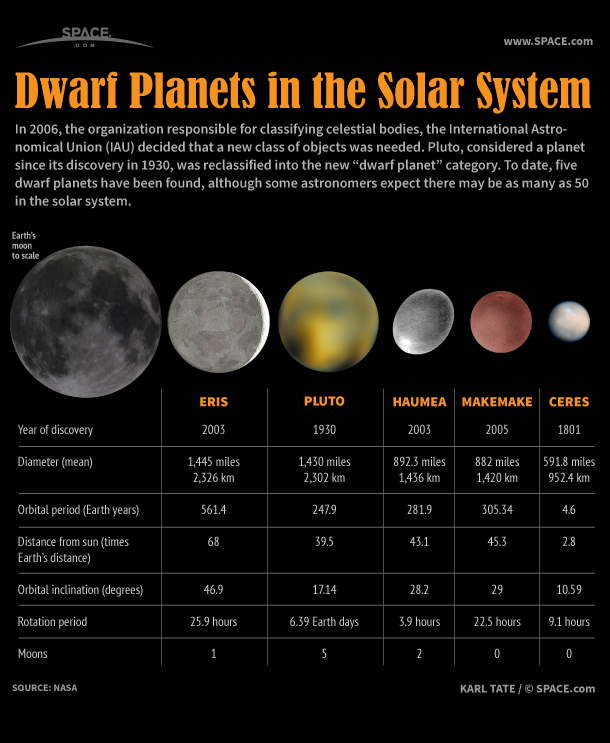
Dwarf Planets of Our Solar System (Infographic)
By Karl Tate published
Pluto was demoted to dwarf planet status in 2006, joining Eris, Haumea, Makemake and Ceres. All the dwarf planets are tinier than Earth's moon.
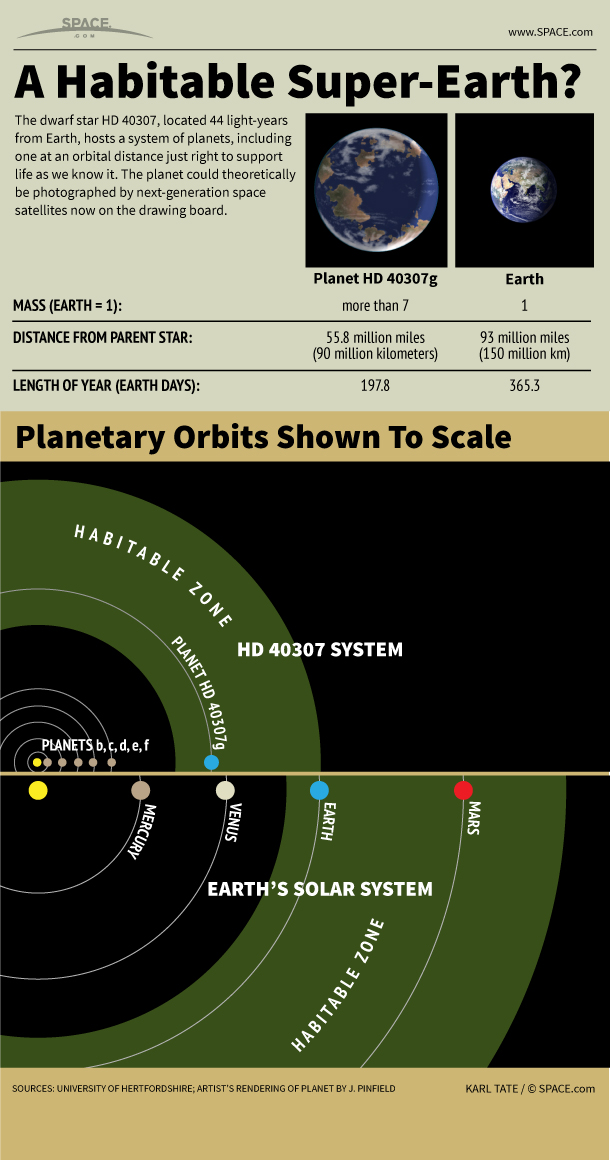
Super-Earth Planet: Potentially Habitable Alien World Explained (Infographic)
By Karl Tate published
The planet HD 40307g, 44 light-years away, is seven times the Earth's mass and could have liquid water on its surface.
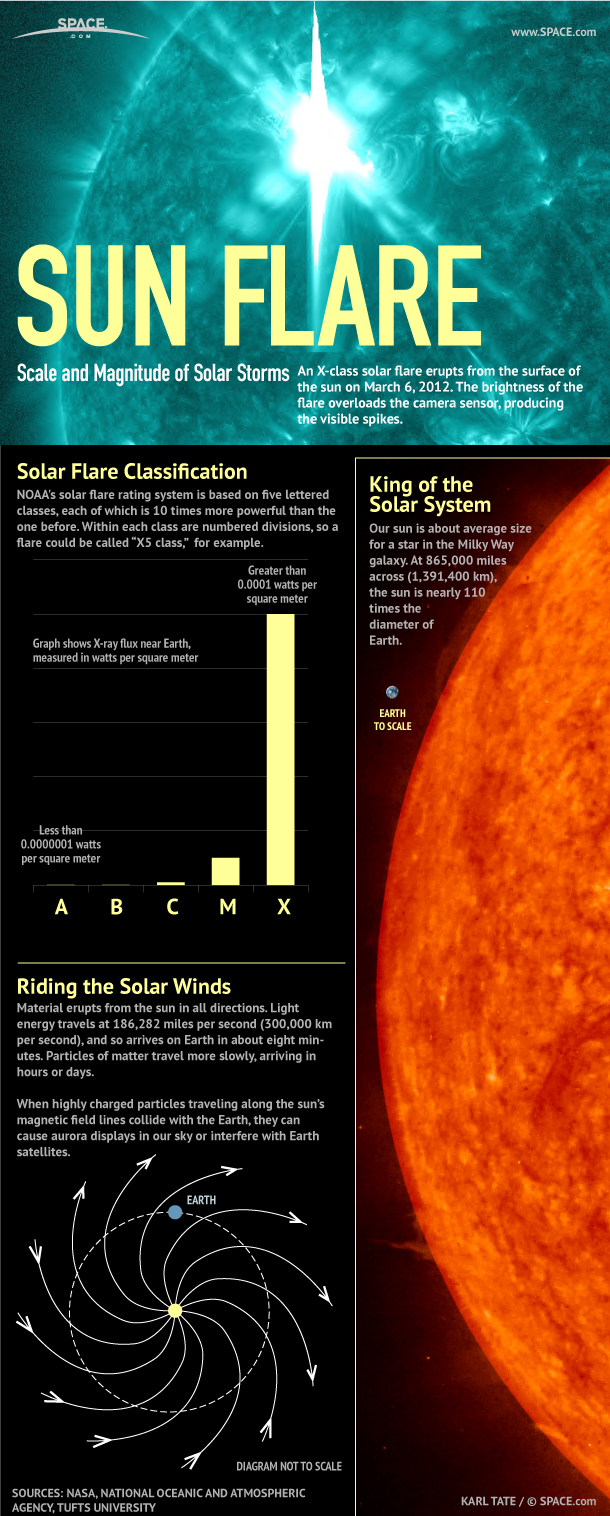
Solar Flares: A User's Guide (Infographic)
By Karl Tate published
See how different types of solar flares stack up in this SPACE.com infographic.
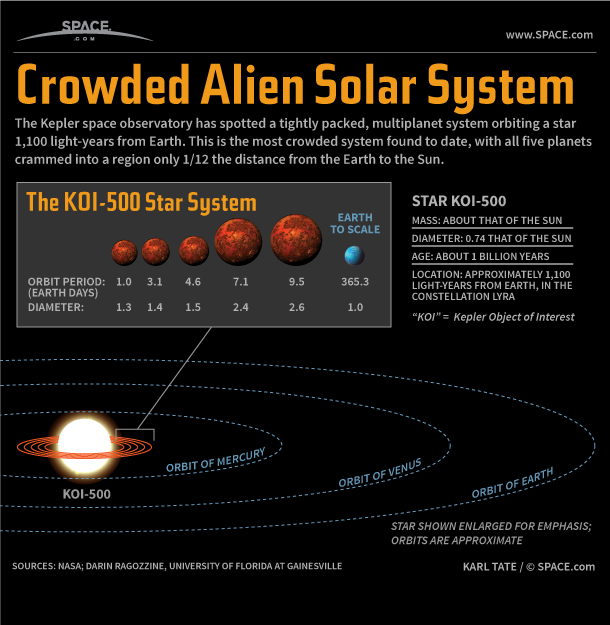
Tiny Alien Solar System Discovery Explained (Infographic)
By Karl Tate published
Astronomers using the Kepler Space Observatory have spotted a record five planets crammed in close to their parent star, 1,100 light-years from Earth.
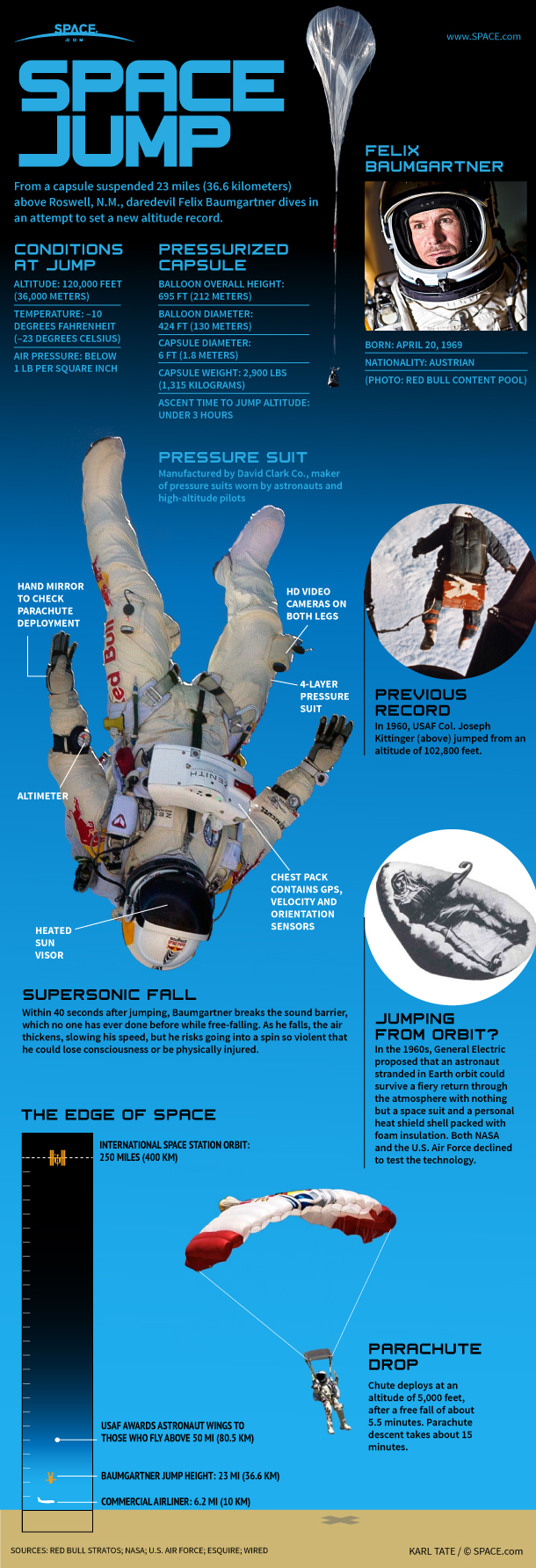
Space Jump: How Daredevil's Record-Breaking Supersonic Skydive Works (Infographic)
By Karl Tate published
The daredevil's jump from 120,000 feet altitude requires the use of a space suit due to the low temperature and thin air.
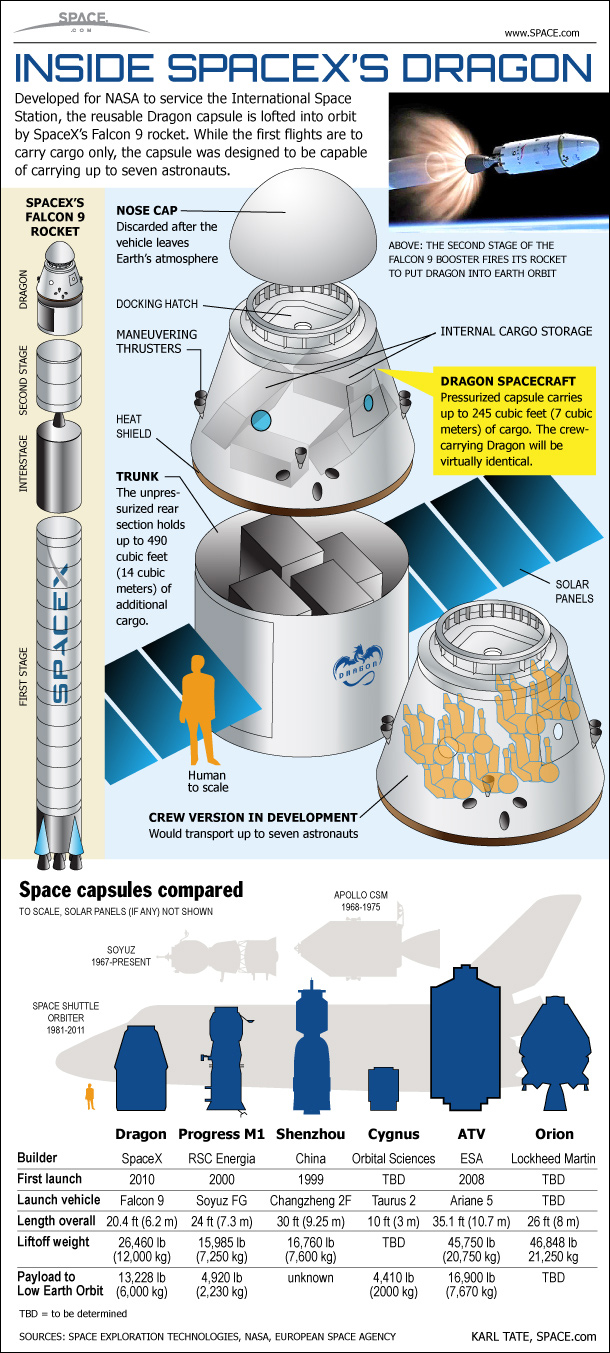
How SpaceX's Dragon Space Capsule Works (Infographic)
By Karl Tate published
See inside SpaceX's private Dragon space capsule and Falcon 9 rockets.

Sputnik: How the World's 1st Artificial Satellite Worked (Infographic)
By Karl Tate published
On Oct. 4, 1957, the Soviet Union stunned the world with its surprise launch of Sputnik-1.
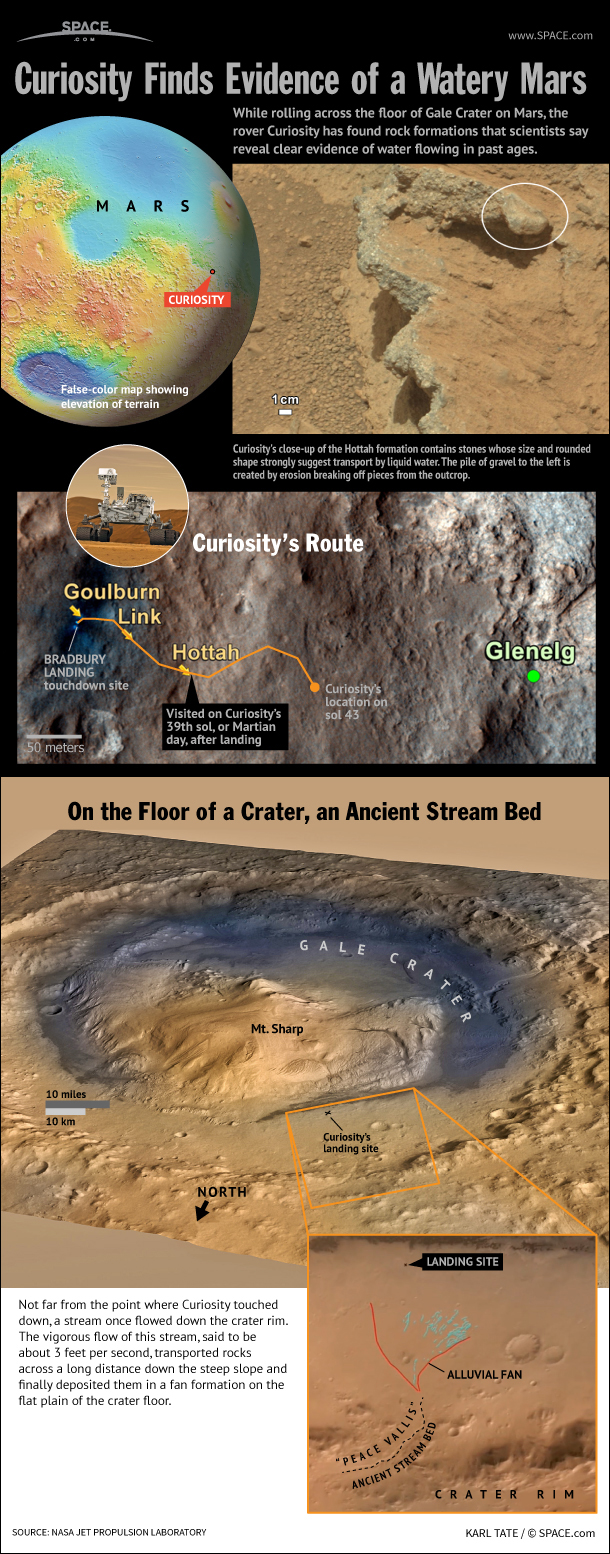
Mars Rover Curiosity's Ancient Stream Discovery Explained (Infographic)
By Karl Tate published
NASA's Mars rover Curiosity has discovered dried-up signs of an ancient stream on the Martian surface.

Planets Large and Small Populate Our Galaxy (Infographic)
By Karl Tate published
Astronomers searching for another Earth are getting closer, thanks to recent discoveries by the Kepler space telescope.

How the Apollo 11 Moon Landing Worked (Infographic)
By Karl Tate published
See how the historic first manned moon landing worked in this SPACE.com infographic about Apollo 11.
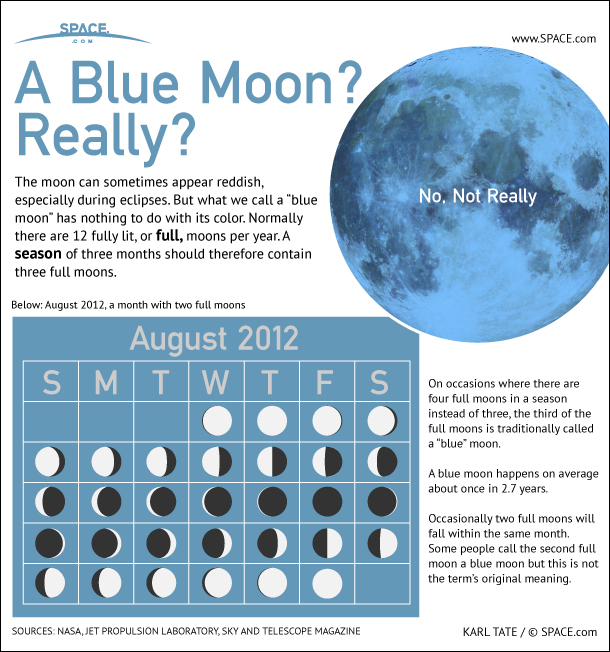
Once in a Blue Moon Event Is Not Really Blue (Infographic)
By Karl Tate published
Thought to be called "blue" after an old english term meaning "betrayer," a Blue Moon is an extra full moon that occurs due to a quirk of the calendar.

How 'Tatooine' Planets Orbit Twin Stars of Kepler-47 (Infographic)
By Karl Tate published
For the first time, scientists studying data from the Kepler Space Telescope have found multiple planets orbiting a binary star.
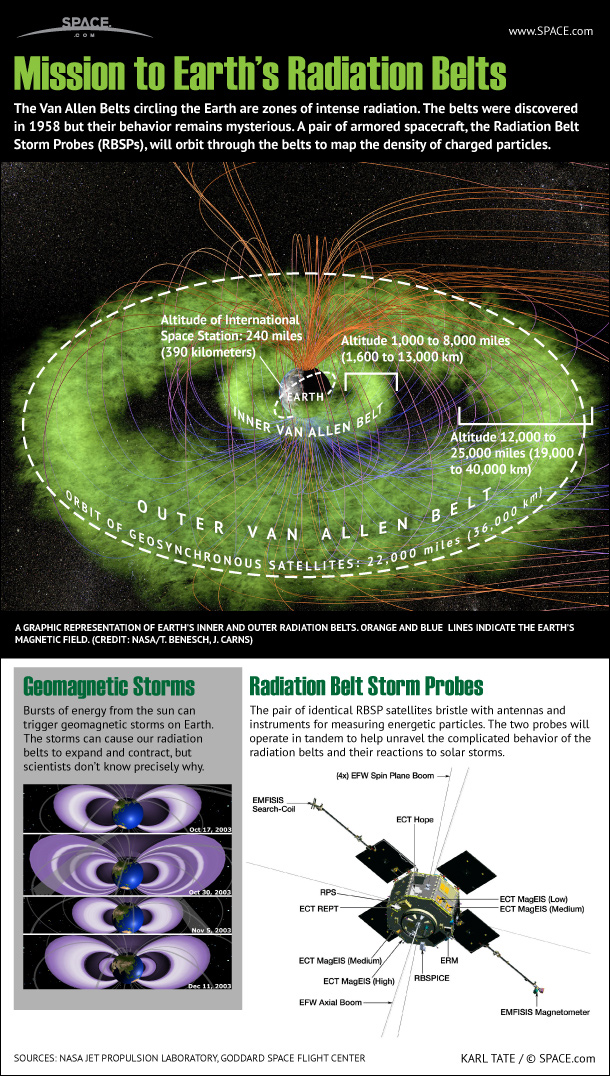
How NASA's Twin Radiation Belt Storm Probes Work (Infographic)
By Karl Tate published
See how twin NASA spacecraft will look inside Earth's radiation belts in this SPACE.com infographic.
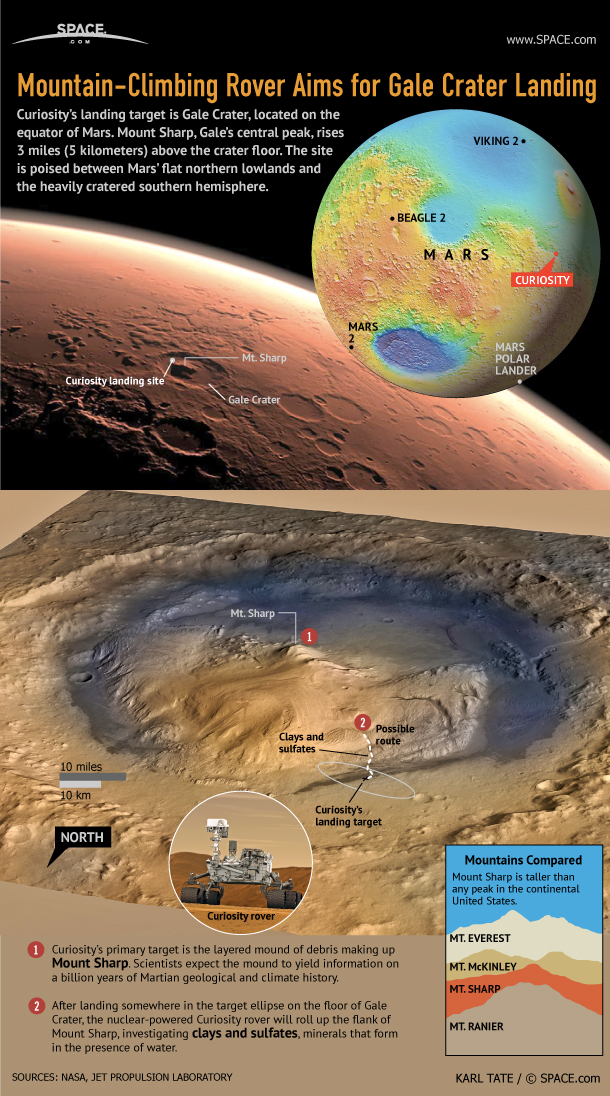
Mars Rover Curiosity's Landing Site: Gale Crater (Infographic)
By Karl Tate published
The mountain-climbing rover heads for Mount Sharp, rising 3 miles (5 kilometers) above Gale Crater.
Get the Space.com Newsletter
Breaking space news, the latest updates on rocket launches, skywatching events and more!
